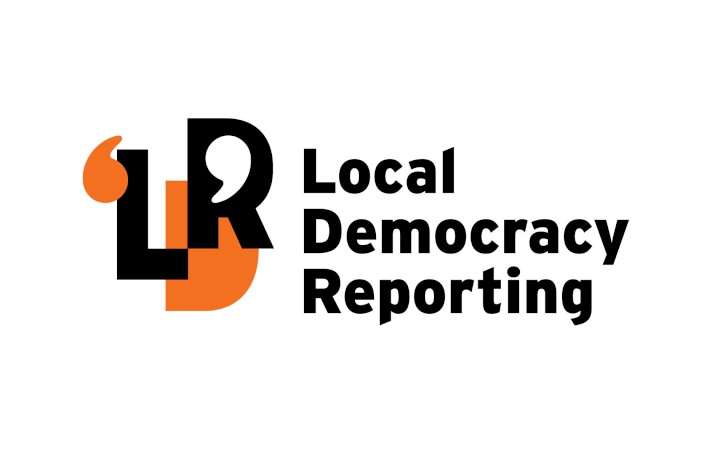Around 100 people came together on Saturday to learn more about a plan to let businesses set up shop around the Tasman settlement of Hope.
Residents gathered at their local hall to probe Tasman District Council’s proposal which would see about 29 hectares along State Highway 6/Main Road Hope rezoned for light industrial and mixed business.
Most were deeply sceptical, with only one hand raising when one resident asked who supported further development on Richmond’s greenbelt.
Jeremy Butler, the council’s team lead for urban and rural policy, explained to attendees that the zoning changes in Hope were compensating for land that had been earmarked for business development in Richmond West but had since been ruled out due to the Berryfields development and future sea-level rise data.
“Now we're just sort of having to try and pick up the pieces,” he said.
“Business is important. This is where people have jobs. It's really important for Tasman to provide houses, but equally, people need places to work.”
While the council was legally required to protect productive land, it also had a legal obligation to provide land for future housing and business growth,” Butler said.
“My job, largely, is to try and balance those two and try and provide the best possible outcome.”
Zoning changes from rural to residential along White Road are proposed to occur in a future process.
However, Hope resident and urban planner Timo Neubauer disagreed and also presented his view to the group.
He questioned why Hope should swap its rural character and productive land for an extension of the State Highway 6/Gladstone Road commercial corridor.
The council’s mitigating measures, such as planting along the state highway to obscure the development, was akin to “putting lipstick on a pig”, Neubauer said.
He argued that while greenfield development away from urban centres gave councils a financial “sugar hit”, they ultimately ended up generating “negative revenue” due to the cost of maintaining all the additional infrastructure.
Extensive zoning of greenfield areas for future development dissuaded intensification, Timo said, and instead the council should be limiting urban sprawl by doing more to incentivise intensification within existing urban areas.
“I'm really worried about the adverse effect, not only on neighbouring properties, but actually on the whole character of the Hope neighbourhood.”
After the meeting, Hope resident Owen Milson told Local Democracy Reporting that the community view was strongly in favour of keeping the area’s zone Rural 1.
He also thought intensifying Richmond was the more prudent option due to the area’s aged infrastructure.
“It’s not a good option … don’t put houses on good land, and Hope is too expensive to upgrade.”
Hope resident and Richmond Roast House owner, Garry Higgins, helped to organise the meeting and has previously expressed concern about the loss of productive land.
He was surprised by the high turnout which he said demonstrated the extent of the community’s concerns and he hoped they had learned more about the situation.
“Hopefully, this might just give them that little toe-in-the-pond syndrome where they might put submissions in and start to actually make their opposition known.”
Richmond councillor Mark Greening attended the meeting and also urged people to make submissions.
“It is a political decision. This is why you've got to really put a voice out there and really put pressure on the councillors,” he said.
“Please get involved in the process, please speak up.”
Neubauer has created a Facebook group, named ‘Hope against Sprawl in Tasman’, to share information and organise opposition to the proposal.
The council will formally release a draft version of Plan Change 81 for feedback on 27 March to enable further tweaks ahead of the plan being formally notified later in the year.
Local Democracy Reporting is local body journalism co-funded by RNZ and NZ On Air



 Gordon Campbell: On The Fall And Rise Of Pat Garrett And Billy The Kid
Gordon Campbell: On The Fall And Rise Of Pat Garrett And Billy The Kid NZ Government: New Zealand Stands With Ukraine, Three Years After Illegal Russian Invasion
NZ Government: New Zealand Stands With Ukraine, Three Years After Illegal Russian Invasion NZ Labour Party: Overhaul Of Overseas Investment Act A Fire Sale Of Kiwi Assets
NZ Labour Party: Overhaul Of Overseas Investment Act A Fire Sale Of Kiwi Assets Greenpeace: NZ Position At Fisheries Forum 'Reckless'
Greenpeace: NZ Position At Fisheries Forum 'Reckless' Taxpayers' Union: Poor Data Privacy A Problem Throughout The Public Sector
Taxpayers' Union: Poor Data Privacy A Problem Throughout The Public Sector Gaming Machine Association of NZ: Gaming Machine Association To Work With With Local Councils To Develop Relocation Policies In Light Of Court Decision
Gaming Machine Association of NZ: Gaming Machine Association To Work With With Local Councils To Develop Relocation Policies In Light Of Court Decision Biosecurity New Zealand: Biosecurity NZ Investigating And Boosting Trapping After New Auckland Fruit Fly Find
Biosecurity New Zealand: Biosecurity NZ Investigating And Boosting Trapping After New Auckland Fruit Fly Find


